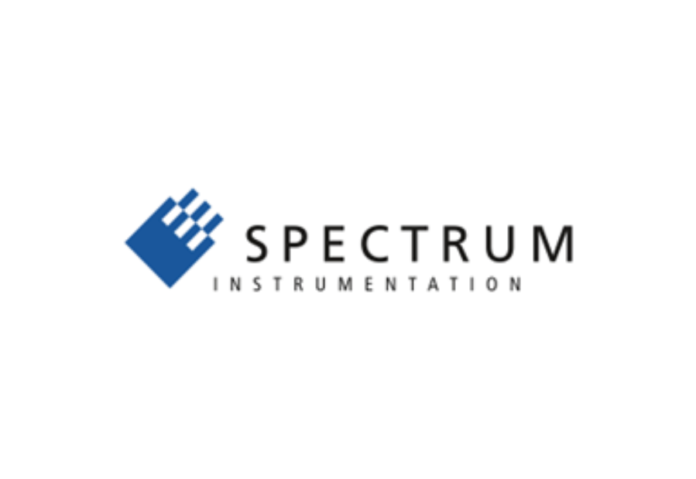Spectrum Instrumentation presents versatile Python programming for all its 200+ products.
Bangalore, India, May 2024: Spectrum Instrumentation presents a new open-source Python package (“spcm”) that is now available for the current line of all Spectrum Instrumentation test and measurement products. The new package makes the programming of all 200+ instruments, offering sampling rates from 5 MS/s to 10 GS/s, faster and easier. Python, popular for its simplicity, versatility, and flexibility, boasts an extensive collection of libraries and frameworks (such as NumPy) that significantly accelerate programming development cycles. The new SPCM package allows users to take full advantage of the Python language by providing a high-level Object-Oriented Programming (OOP) interface that is specifically designed for the Spectrum Instrumentation Digitizer, AWG, and Digital I/O products. It includes the full source code as well as a number of detailed examples. Available on GitHub, spcm is free of charge under the MIT license.

Straightforward programming for 200+ Digitizer, AWG and Digital I/O products thanks to the new Python package
Spectrum’s Python package safely handles the automatic opening and closing of cards, groups of cards, and Ethernet instruments, as well as the allocation of memory for transferring data to and from these devices. All the device-specific functionality is capsulated in easy-to-use classes. This includes clock and trigger settings, hardware channel settings, card synchronization, direct memory access (DMA), and product features such as block averaging, DDS, and pulse generator.
The package supports the use of real-world physical quantities and units (e.g., “10 MHz”), enabling the user to directly program driver settings in their preferred unit system. This removes the need for tedious manual conversions to cryptic API settings. Moreover, this package also includes support for calculations with NumPy and Matplotlib, allowing the user to handle data coming from, or going to, the products with the vast toolbox provided by those packages. Detailed examples can be found in the GitHub repository.
Installing the package is easy, thanks to its availability in the pip repository. Simply install Python and then the package with a single command: $ pip install spcm
Users can include the Spectrum Instrumentation Python package in their own programs or fork the repository to add more functionality. The package is directly maintained by Spectrum engineers, and updates are released regularly, offering bug fixes and new features.
The example in the photo shows the opening of the first analog-output card (AWG) and the programming of a simple 10 MHz sine-wave output using the DDS option.
The Spectrum Python repository is found at: https://github.com/SpectrumInstrumentation/spcm
Also read: Unveiling the Ethical Imperatives: Navigating the Intersection of AI and Cybersecurity
Do Follow: CIO News LinkedIn Account | CIO News Facebook | CIO News Youtube | CIO News Twitter
About us:
CIO News is the premier platform dedicated to delivering the latest news, updates, and insights from the CIO industry. As a trusted source in the technology and IT sector, we provide a comprehensive resource for executives and professionals seeking to stay informed and ahead of the curve. With a focus on cutting-edge developments and trends, CIO News serves as your go-to destination for staying abreast of the rapidly evolving landscape of technology and IT. Founded in June 2020, CIO News has rapidly evolved with ambitious growth plans to expand globally, targeting markets in the Middle East & Africa, ASEAN, USA, and the UK.
CIO News is a proprietary of Mercadeo Multiventures Pvt Ltd.






